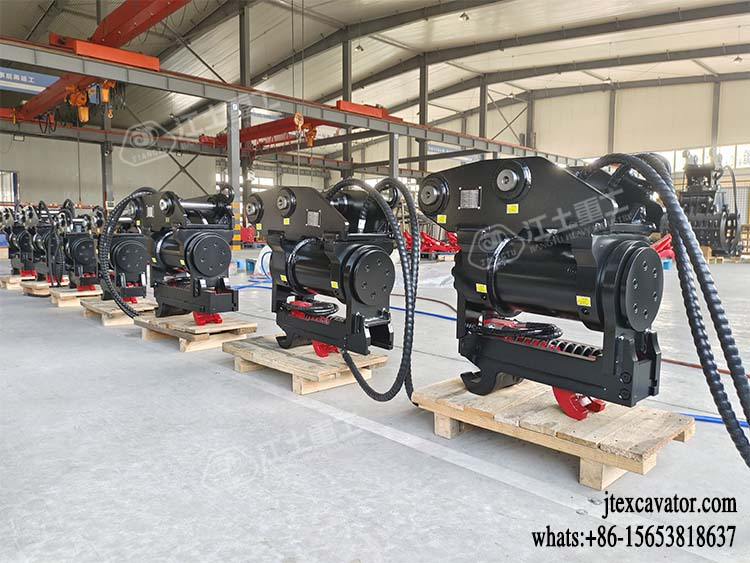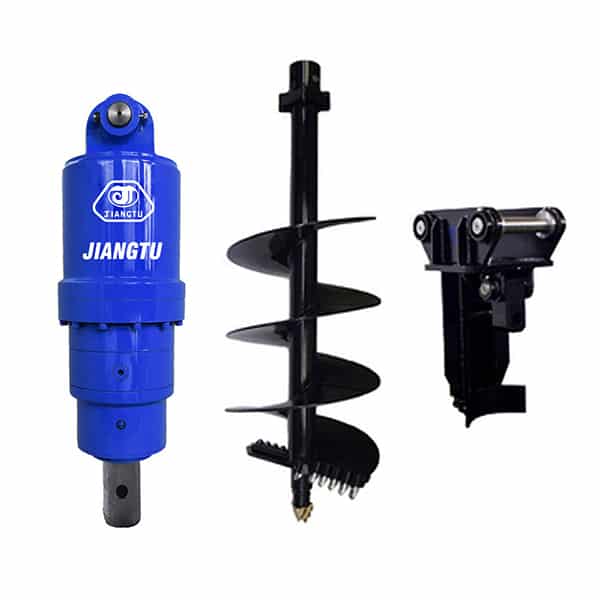
In the construction industry, it’s important to keep up with the latest equipment and technology. Hydraulic construction equipment is a great example of that, as it lets contractors do work more effectively and efficiently than ever before.
As a result, more contracting companies are seeing the value of adding hydraulic excavation tools to their existing arsenal – but what exactly does this kind of tool entail? In this article, we’ll explain how a hydraulic auger works, and how it can be a useful asset.
What is a Hydraulic Auger?
A hydraulic auger is a powered drill that uses fluid pressure to operate. The hydraulic auger serves the same purpose as a drill machine but with much more power and speed.
Some models can rotate up to 19 revolutions per minute! Hydraulic augers are widely used for construction and digging applications such as excavations, shaft sinking, and road work.
How Does a Hydraulic Auger Work?
A hydraulic auger works by transferring hydraulic pressure into kinetic energy via the drill stem. On either end of the drill, the stem is pistons connected with an internal piston rod. They are connected to a hydraulic cylinder at the top and a winch at the bottom.
The cylinder is filled with fluid that has been pressurized by a pump utilizing a diesel or gasoline engine, LPG engine, electric motor, or any other power source. The hydraulic oil transfers its energy through an HPU (hydraulic power unit), which is attached to the winch.
Advantages Hydraulic Augers
Hydraulic augers have a number of advantages over standard drills including:
Disadvantages of Hydraulic Augers
Hydraulic augers do not come without their disadvantages:
What Can You Use a Hydraulic Auger For?
A hydraulic auger has applications for all kinds of projects around a house, building, farm, ranch, or garden:
- Fencing – Drilling through fences to create new gates is easy with the help of a hydraulic auger. Using this tool, you can bore into the ground quickly and efficiently to place fence posts or electric poles.
- Foundation – When building a house, you will first need to lay the foundation. A hydraulic auger is a handy tool for this job as it helps create deep holes that are easy to fill with concrete or building materials.
- Drainage – You can also use them to install drainage systems along driveways or sidewalks, gutters around homes and businesses, as well as custom septic tanks. Another popular use for a hydraulic auger is making wells.
- Gardening – A hydraulic auger can also make planting holes for trees and other plants in the garden. Not only does it work quickly, but its power helps make gardening a breeze.
- Installing poles – Hydraulic augers make it easy to drill deep foundations for poles or signs you need to install at heights, such as utility poles or street signs.
What to Consider When Buying a Hydraulic Auger?
When shopping for an auger, there are certain things you have to keep in mind:
How to Choose the Most Suitable Earth Auger for Your Machine?
Bottom Line
If you’re looking for a way to make your construction or farming work more manageable, then it’s time to get a hydraulic auger.
Read More: Excavator Attachments Select Guide
These machines are great for digging holes in the ground and making your job easier. So, if you’re looking for a way to make your work faster and more efficient, a hydraulic auger is a good choice.
In the construction industry, it’s important to keep up with the latest equipment and technology. Hydraulic construction equipment is a great example of that, as it lets contractors do work more effectively and efficiently than ever before.
As a result, more contracting companies are seeing the value of adding hydraulic excavation tools to their existing arsenal – but what exactly does this kind of tool entail? In this article, we’ll explain how a hydraulic auger works, and how it can be a useful asset.
Contact For Our Expert
Find out which attachment & Excavator works best for you!

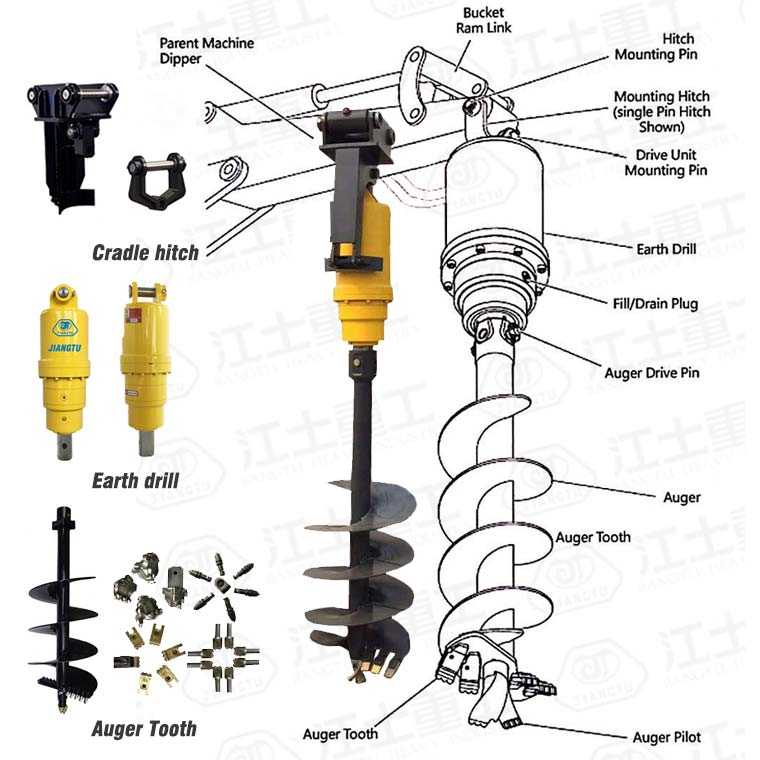

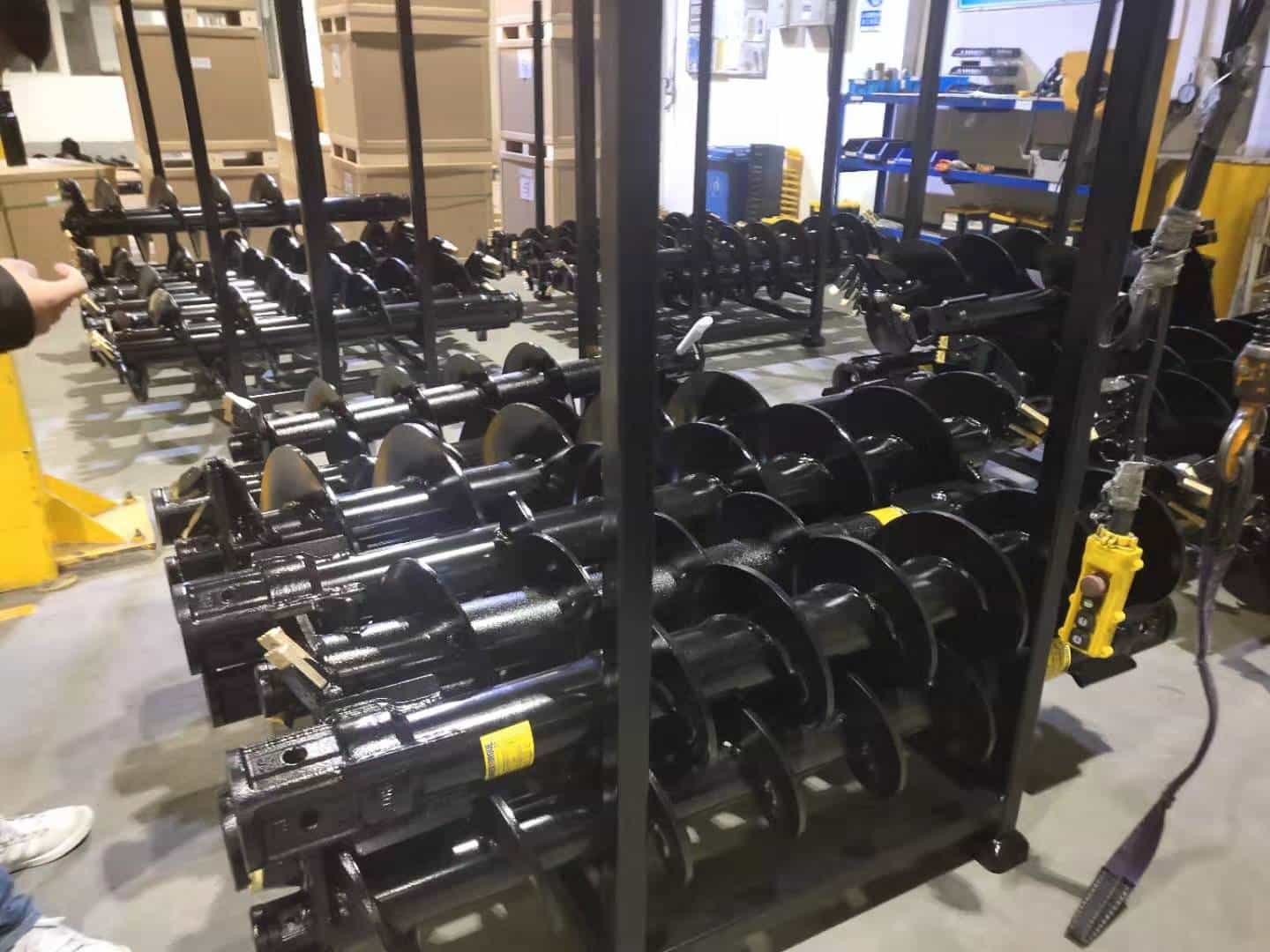

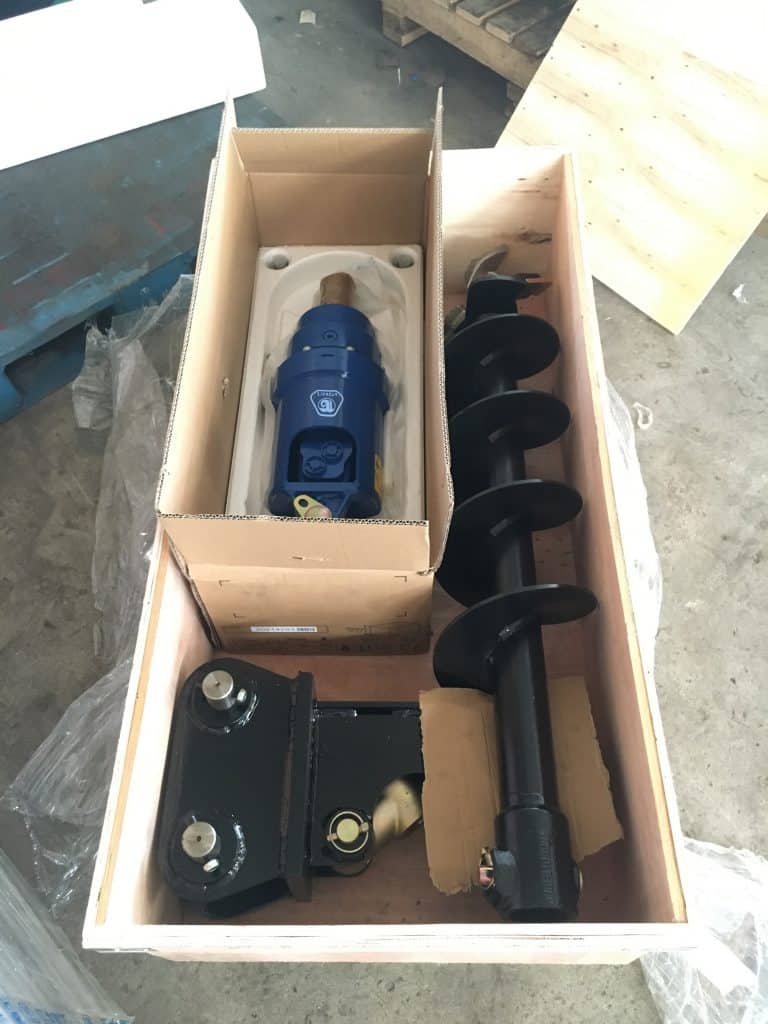




![[Major Upgrade]Million-level Spraying Production Line From JAINGTU Heavy Industry Has Officially Started Operation, Achieving New Level of Quality](https://jtexcavator.com/wp-content/uploads/2025/12/06.jpg)
